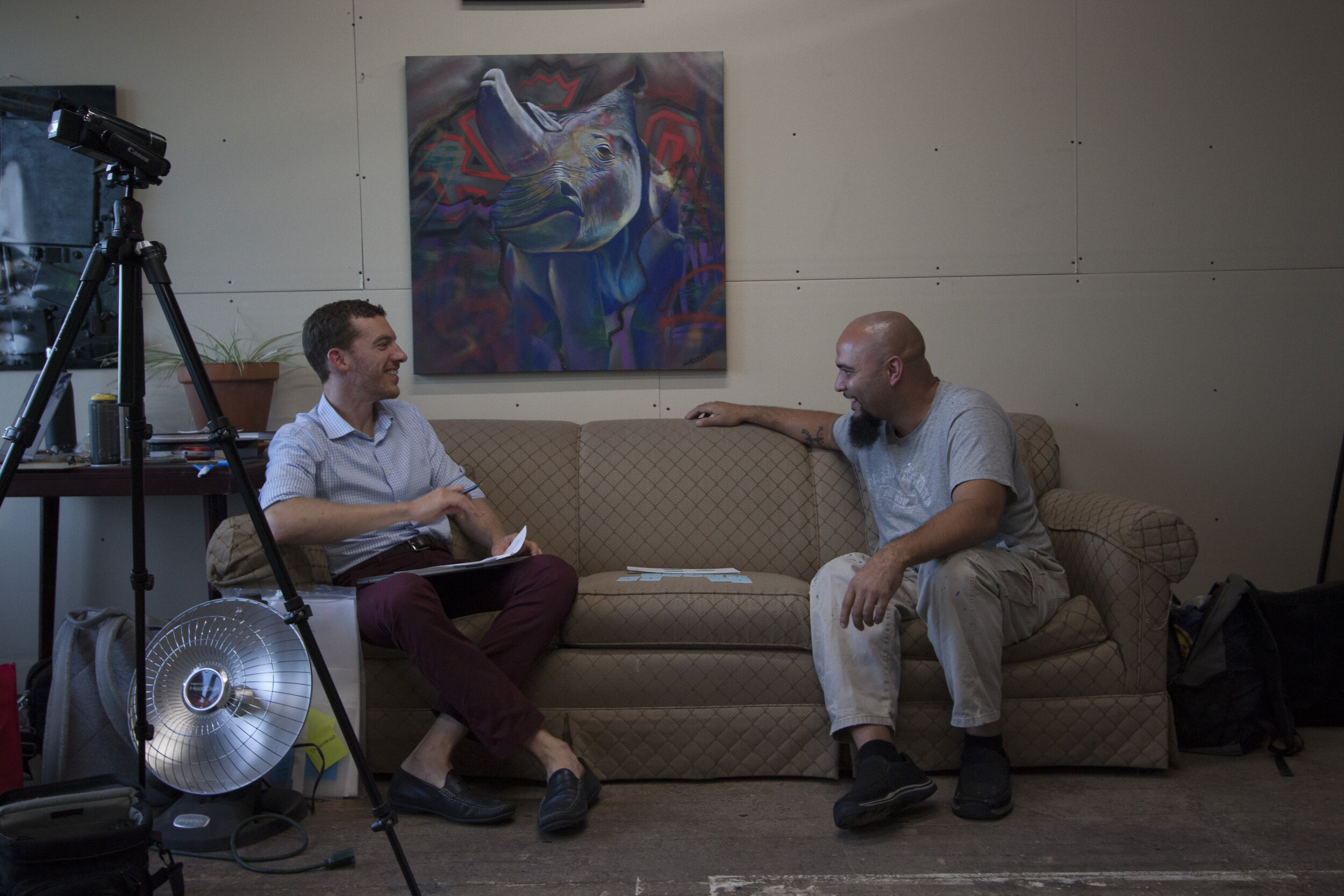Museum of Fine Arts, Boston
The following is an excerpt from the blog post about the work, myself and two other colleagues, helped build a strategy playbook and future idea’s for the Boston Museum of Fine Arts Membership program.
EPAM Continuum partnered with the MFA to design a strategy to engage both current and future audiences, increase member retention, and create a unified, thematic, and resonant experience.
The Museum of Fine Arts is one of the most admired art museums in the world. Its global collection encompasses nearly 500,000 works of art and attracts over one million visitors each year to its historical building in Boston.
Founded in 1870, the MFA is approaching its 150th anniversary in 2020 and intends to remain a leader in the museum industry by creating a holistic and guest-centric experience for all members.
EPAM Continuum partnered with the MFA to redesign their membership program. Together, we developed a strategy to engage both current and future audiences, increase member retention, and create a unified, thematic, and resonant experience.
We first created a strategic direction of the new membership program, with a unifying theme and ideal vision informed by member, visitor, and stakeholder interviews. This theme serves to drive the membership experience forward by reflecting members’ values. We supported this direction with an implementation plan and a detailed financial model to make a case for investment, show a path to profitability, and help the MFA adjust as they pilot and test new experiences that will make up the new program. We tied the ideal experience to the financial projections by focusing on key metrics that will drive both a valuable member experience and a profitable program.
We then guided the design of the new program through design criteria and illustrative storytelling materials for the future member journey. We created the design criteria to shape all parts of the experience from the benefits of membership to the voice and tone of marketing materials. Storytelling materials included an experience playbook with ideas tied to a member journey and a narrative to bring it to life.
The MFA is currently implementing EPAM Continuum’s recommendations in preparation for their 150th anniversary. To that end, Chief Brand Officer Katie Getchell remarked, “This is what we’re going to latch onto as the core of everything we do.”
Early results are encouraging. One night, at their Juneteenth celebration, the museum experimented with a first-year free membership. Over 1,300 people signed up for memberships and members are already excited to share the experience with others. Director of Membership Julia Propp commented, “We are using our learnings to focus even more on meaningful first year touch-points, to ensure that every new member feels a sense of trust, ownership and belonging to the MFA.”
See full case study on my companies website
What we learned :
01.
People Love Art
That people love art isn’t surprising, but it is important. It’s a huge head start to creating an impactful experience for people and the foundation for a member-centered program. Not only do people love art, they love what museums represent—values, history, and culture. And they support the mission of museums: preserving beautiful and consequential elements of the human story and sharing them with the world. But people don’t always know how to express that love.
02.
Relationships take time
People don’t see the act of signing up for membership as a long-term commitment. It usually reflects a set of projected pros and cons that they weigh on the day of signup. However, that initial signup gives the museum one year to show just how valuable and engaging membership can be. In that year, it’s critical to make members feel welcomed and included, and transform them from museum admirers to habitual visitors to enthusiasts.
03.
Art is best when shared
When you love something, you don’t want to keep it to yourself. Art prompts conversation, helps us understand one another, and fosters deeper connections between people. People want a membership program that encourages them to invite others into the experience and gives them tools to do so. Opportunities to share should be abundant, which will help to cultivate a sense of mutual generosity between the museum and its members.


